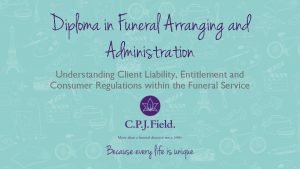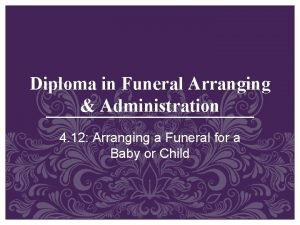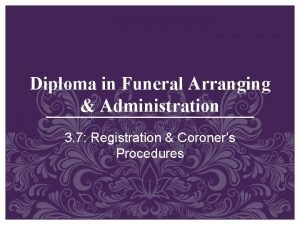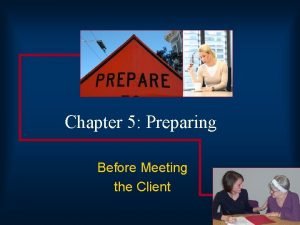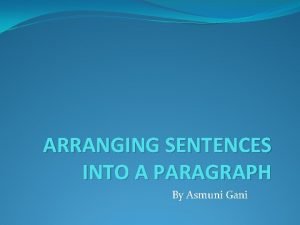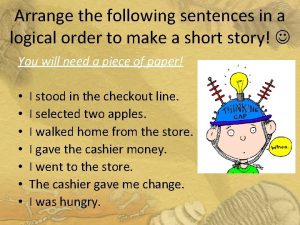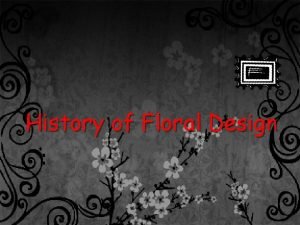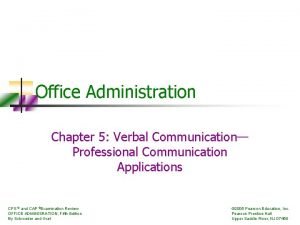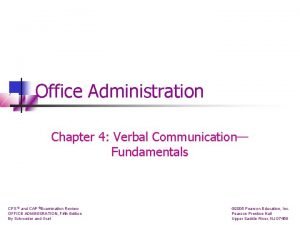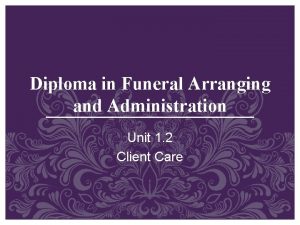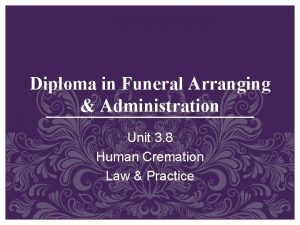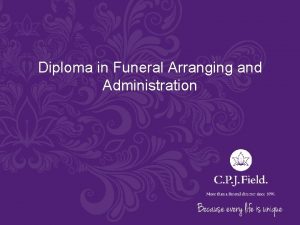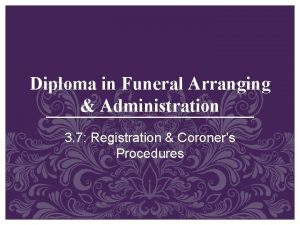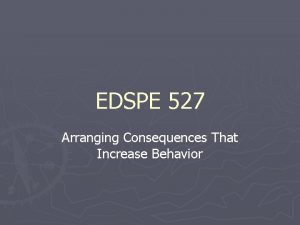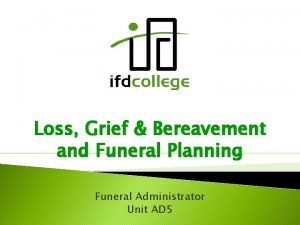Communication Diploma in Funeral Arranging and Administration Unit












- Slides: 12

Communication Diploma in Funeral Arranging and Administration Unit 1. 3

Aims and Objectives • Consider the range of communication techniques deployed in the funeral service – And how and when to use them • Learn how to respond appropriately to the bereaved • Learn how to respond to clients with particular communication needs, eg – – – Hearing or vision impairment Physical disability Learning difficulties English as a second language Cultural differences

An open question “How would you like the cortege to proceed on the day of the funeral? ”

A closed question “Would you like the hearse to come to the house? ”

Electronic Communication guidelines Do not put online anything that you would not be prepared for the whole world to see.

Communication is: 7% Content 55% 38% Tone Non-verbal signals

Aids to listening • • • Give full attention Ask questions to indicate interest Use mirroring techniques Be mindful of what is not said Respect opposing views Face the speaker Minimise distractions (internal and external) Keep an open mind Be engaged Wait for them to finish Focus on what they are saying not how you will respond

Barriers to listening • On/off listening • Red flag Open ears/closed mind • Glassy-eyed • This is just too • complicated • • Pre-conceptions • • Subject-centring • • • Fact-obsession Note-taking Funeral arranger dominance Over-questioning Being platitudinous Anti-emotional Emotional distancing

Active listening • Put the client at ease • Stop talking and clear the mind of everything except the case in hand • Do not interrupt • Relax, be calm, show every willingness to give the client all the time needed • Listen exactly to what the person is trying to say and not what it is believed should be said • Look for non-verbal signals and respond to them • Look at the person and use eye contact • Use non-verbal signals to show an attentive interest, especially use of your head in a positive manner, open arm gestures and eye contact • Use appropriate questions to help the client to continue talking • Summarise what is being said to check understanding - keep it simple. Be genuinely interested • Be aware of expressing personal opinions. Make a conscious effort to prevent personal opinions affecting any reactions.

Managing Disability

Disability Guidelines • • • Don’t make assumptions about what type of disability a person has As not all disabilities are apparent, be sure you know your client’s needs Don’t use phrases such as “handicapped” Be patient. People with some kinds of disabilities may take a little longer to understand to respond Find a good way to communicate (a good start is to listen carefully) Speak directly to people with disabilities Don’t touch service animals – they are working and have to pay attention at all times Do not invade someone’s personal space – you don’t need to stand closer to a person with disabilities than you would to anyone else You should talk to adults with disabilities in the same manner and with the same respect that you show to all adults When speaking with a wheelchair user try to place yourself at their eye-level if possible

C P J Field & Co. Ltd. A family undertaking.
 Diploma in funeral arranging and administration
Diploma in funeral arranging and administration Diploma in funeral arranging and administration
Diploma in funeral arranging and administration Diploma in funeral arranging and administration
Diploma in funeral arranging and administration Kingdom phylum class order
Kingdom phylum class order Preparatory arranging social work
Preparatory arranging social work Arranging sentences into paragraph
Arranging sentences into paragraph Arrange the following sentences
Arrange the following sentences Rearrange in correct order
Rearrange in correct order Floral design history
Floral design history Design is a plan for arranging elements
Design is a plan for arranging elements Panicle of spikelets
Panicle of spikelets Communication in office administration
Communication in office administration Communication in office administration
Communication in office administration
